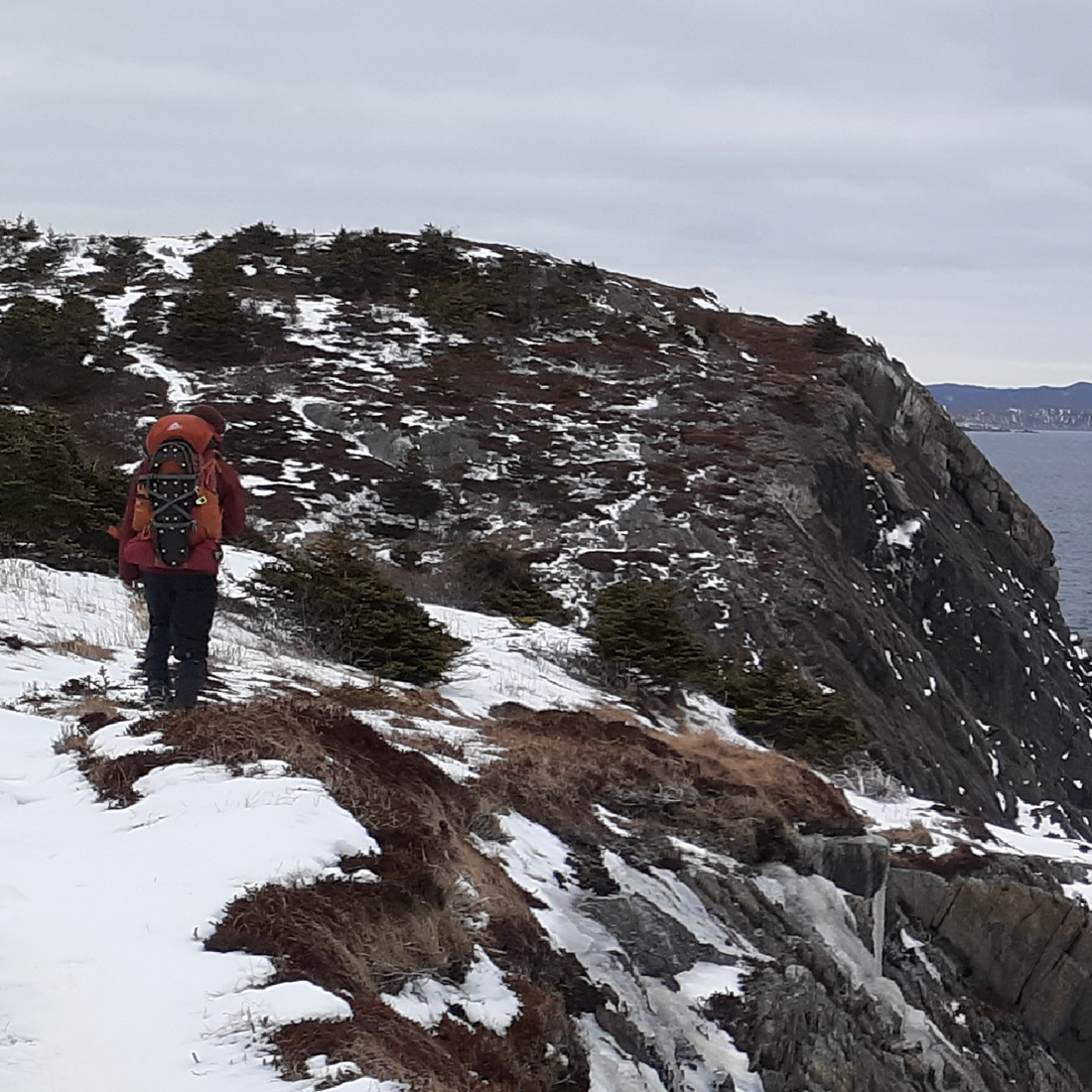
The Ten Essentials items for the Wilderness
Share
Often when I am running a wilderness first aid course, there is a lot of debate as to what safety equipment one should take with them on the land, into the woods or on a glacier. Understandably, there are many opinions out there and nobody wants the burden of carrying gear that is unnecessary. But defining what is necessary and what is frivolous is often a source of debate, both among team members, and within oneself.
Ultimately, we all desire different levels of comfort while in the backcountry, but from a safety perspective, the concept of ten essentials is becoming more universally accepted. What are the ten essentials? In essence, it is a list of ten essential categories of gear that will help you manage an emergency situation. Of course, it is important to note that people can have all of the recommended safety gear and still experience a tragedy. Assuming risk lies at the core of adventure. The ten essentials will help you mitigate this risk, and make you feel more comfortable when venturing into areas that are potentially dangerous. There will be some variability in this list, depending on which resource you consult but the ten essential items are:
- Extra food/water
- Insulation: extra dry clothing/hat/gloves
- Navigation (map/compass/GPS) link
- Communication (EPIRB, InReach, SPOT, marine radio, satellite phone, cell phone, whistle, flares, mirror…the list goes on)
- First aid kit
- Sun/wind protection (hat, sunscreen, glasses, goggles)
- Shelter (tarp & parachute cord/cordelette), bivy bag)
- Cutting tool
- Light source: headlamp/flashlight
- Fire starter (your choice, but be aware that traditional BIC lighters are terrible in cold weather)
The ten essentials can be packaged directly in a dry bag or other waterproof container and left with your hiking/camping kit – ready to go. Ideally these items should be taken on every outing, regardless of the duration of the trip. From a practical perspective, this may not always be feasible. Training in the use of these devices is key and many providers offer courses in a variety of subjects relating to backcountry safety. Combine effective training, a detailed trip plan and the 10 essentials and you have a plan that will optimize your safety wherever your travels may take you.
An additional note:
One of my absolutes when going out on any trip, be it a 2-hour hike or a multi-day trip is my DeLorme SE. The DeLorme (some people refer to it as an “InReach”), is a satellite communicator that can send an emergency distress signal from pretty much anywhere in the world. It greatly adds to my piece of mind on any adventure. I also carry a very high-tech Fox whistle! Personally, they are a mandatory part of my ten essentials. Learn more about these fantastic pieces of technology by clicking the links below.
What are some of your “essential” non-essential items? Comforts you can’t do without? We’d be curious to know.
